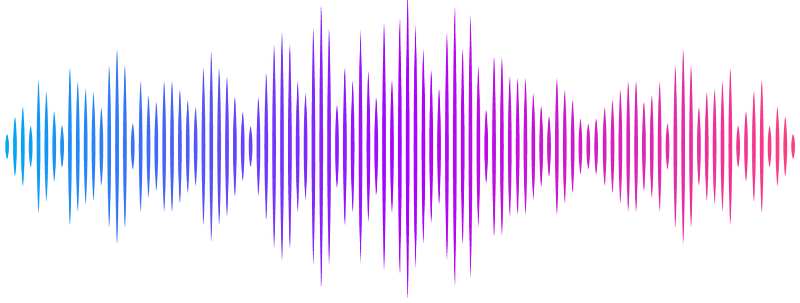Homologous recombination promotes mitotic death to suppress the innate immune response

Homologous recombination promotes mitotic death to suppress the innate immune response
Szmyd, R.; Casolin, S.; French, L.; Gonzalez Manjon, A.; Dhawan, A.; Nelson, C. B.; Cavalli, L.; Page, S. G.; Hau, E.; Pickett, H. A.; Gee, H. E.; Cesare, A. J.
AbstractDouble strand breaks (DSBs) can initiate mitotic catastrophe, a complex oncosuppressive phenomenon characterized by cell death during or after cell division. Through single-cell analysis of extended live imaging, we unveiled how cell cycle-regulated DSB repair guides disparate mitotic catastrophe outcomes. Our data reveal that toxic double Holliday junctions (dHjs) generated during homologous recombination (HR) promote non-immunogenic intrinsic apoptosis in the immediate mitosis after S or G2-phase DSB induction. Conversely, the combined activity of non-homologous end joining (NHEJ), microhomology mediated end joining (MMEJ), and single strand annealing (SSA) enable G1 phase cells to tolerate high DSB loads at the cost of aberrant cell division, innate immune response activation and delayed extrinsic lethality. Targeting NHEJ, MMEJ, or SSA promotes HR-dependent mitotic death, while suppressing mitotic death fosters a robust immunogenic response. Together the data indicate that a temporal repair hierarchy, coupled with cumulative DSB load, serves as a reliable predictor of mitotic catastrophe outcomes. In this pathway, HR suppress the innate immune response by promoting mitotic lethality.
